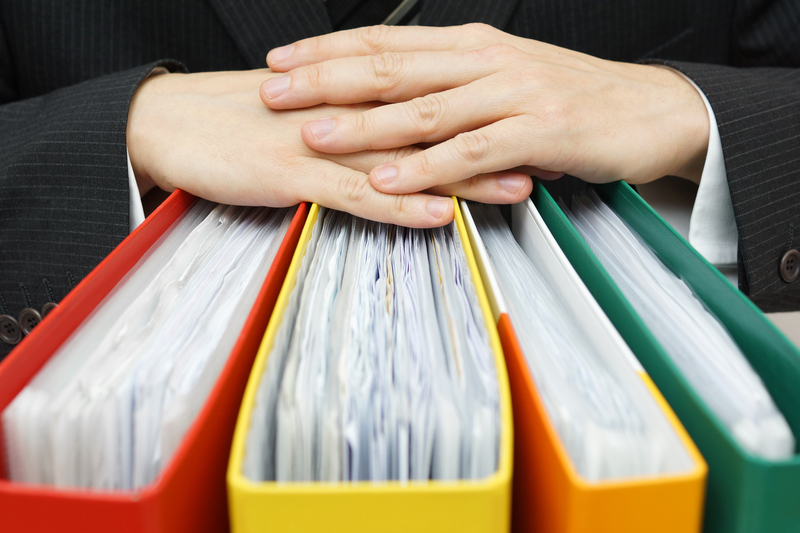Quick and Easy Solutions for Moving Your Bed and Mattress
Moving your bed and mattress is often one of the trickiest parts of relocating. Whether you're moving across town or to a different floor, ensuring that your sleeping essentials are transferred safely and efficiently is vital for a smooth transition. This comprehensive guide explores a range of quick and easy methods for moving beds and mattresses, aimed at making your next move more manageable.
Why Focus on the Bed and Mattress?
Most people don't realize how much time and energy moving a bed and mattress can demand until moving day arrives. These items are bulky, heavy, and can be awkward to maneuver, and improper handling can result in damage or injury. Moreover, because your bed is integral for a good night's sleep, you'll want to set it up promptly in your new location. That's why finding simple solutions for bed and mattress transportation is crucial.
Common Challenges When Moving Beds and Mattresses
- Difficulty navigating narrow hallways and doorways
- Risk of damaging the frame or mattress
- Potential for personal injury
- Lack of proper moving equipment
- Insufficient vehicle space

Essential Preparation Before Moving Your Bed and Mattress
Preparation is the key to quick and easy bed relocation. Taking a few simple steps before moving day can dramatically simplify the process and protect your valuable furniture.
Measure Everything!
Start by measuring your bed frame, mattress, and entryways. Knowing the dimensions in advance lets you plan the easiest path for moving the bed and can prevent frustrating roadblocks.
- Measure the length, width, and height of your mattress and bed frame
- Measure stairways, doorframes, and elevators
- Remove obstacles along the route
Gather the Right Moving Supplies
Having the proper tools on hand makes the process much faster and safer. Here's a handy checklist of what you'll need:
- Mattress bag or plastic wrap: Shields against dirt, dust, and moisture
- Moving straps or lifting slings: Reduces strain and helps maneuver bulky items
- Tape and markers: Secure packaging and label parts for reassembly
- Tool kit: Essential for disassembling bed frames
- Furniture sliders or dollies: For smooth movement over floors
Step-by-Step Solutions for Moving Your Bed and Mattress
1. Remove Bedding and Accessories
Begin by stripping your bed down to the bare mattress. Place sheets, pillows, and comforters in protective bags or boxes. Keeping bedding separate makes the mattress lighter and easier to handle.
2. Disassemble the Bed Frame
If possible, take apart your bed frame, headboard, and footboard. This step will save you time and space--especially when navigating tight corridors.
- Keep all screws, nuts, and bolts in a labeled ziplock bag
- Snap a quick photo of the frame before disassembly for reference
- Label each part to speed up reassembly at your new home
3. Protect and Prepare the Mattress
Slip your mattress into a mattress bag or wrap it securely in plastic. This simple solution keeps your mattress clean and defends against stains and tears during transport. If you're moving during rainy or snowy weather, this step is non-negotiable.
4. Use Moving Tools for Heavy Lifting
Don't underestimate the weight and size of your bed and mattress. Use lifting straps or a moving dolly to avoid injury and move with minimal effort. Furniture sliders are ideal for hardwood or tiled floors, preventing scratches and allowing beds to glide effortlessly.
Quick Solutions for Specific Types of Beds and Mattresses
Traditional Bed Frames
Traditional wooden or metal beds are usually held together with bolts or screws and can be quickly taken apart for easy transport. If you're moving a large wooden bed, be sure to reinforce any fragile sections with bubble wrap or padding to avoid nicks and dents.
Platform Beds and Storage Beds
These styles can be more challenging due to their added bulk and integrated drawers. Always empty the bed's storage compartments, remove drawers if possible, and move them separately for a quicker, lighter relocation.
Box Springs
Box springs are lighter than most mattresses, but their size can still make transport awkward. Always keep them covered and, if space is tight, stand them upright and slowly pivot them around corners.
Memory Foam and Hybrid Mattresses
These modern mattresses are flexible, but their size and floppiness can make handling tough. Some memory foam mattresses can be temporarily compressed for moving--check the manufacturer's guidelines before attempting this quick solution.
- Use strong moving straps to maintain shape during transport
- Never bend or fold unless the manufacturer explicitly allows it
Quick DIY Methods for Moving Bed and Mattress Alone
If you're moving solo or unable to recruit helpers, these simple solo-moving strategies can make the task less daunting:
- Slide Instead of Lift: Use furniture sliders, flattened cardboard, or even a blanket under the mattress or bed parts to reduce friction and make sliding possible.
- Break Down Everything: The more compact the pieces, the easier your move. Disassemble all possible components, including rails, slats, and support legs.
- Use Rolling Tools: A dolly or hand cart can be a lifesaver, especially with heavier mattresses or bed boards.
Affordable Alternatives: Hire Professionals or Rent Equipment
Sometimes, the fastest and easiest option is to hire a professional moving crew or rent specialty equipment. Here are a few cost-effective solutions:
- Hire Professional Movers: Many companies offer bed and mattress moving as a standalone service. This relieves you of all physical labor and reduces risk.
- Rent Moving Equipment: Most hardware stores rent out furniture dollies, lifting straps, and protective mattress bags for a nominal fee.
- Same-Day Delivery Services: For local moves, services like TaskRabbit or "man-with-a-van" providers can lend expert help for a quick turnaround.
How to Move a Bed and Mattress Without a Truck
Not everyone has access to a large vehicle on moving day. If you need to move your bed and mattress without a truck, try these practical tips:
- Rent a Cargo Van: Many rental companies offer hourly rates for vans or small trucks--plenty of space for most bed sizes.
- Use a Friend's Vehicle: With the bed frame dismantled and mattress properly covered, many beds can fit inside larger SUVs or minivans.
- Rooftop Transport: If you must use a car roof, double wrap your mattress for protection, secure it with heavy-duty straps, and avoid highway speeds.
- Hire a Moving Service: For quick, local moves, a small-scale moving company can do the job efficiently.
Tips to Protect Your Bed and Mattress During Relocation
Moving can be rough on furniture. Here are our top recommendations to keep your sleeping investment safe:
- Wrap Sharp Bed Frame Edges: Prevent scratches and damage by covering all corners with bubble wrap or old towels.
- Label All Hardware: Save time during reassembly and avoid missing pieces.
- Keep Mattresses Vertical: Standing them on their side prevents sagging and makes loading easier.
- Avoid Moisture: Never store a mattress directly on concrete or in damp spaces; always use proper packaging.
- Transport Carefully: Drive slowly over bumps and turns to avoid heavy shifting, especially with box springs.
Setting Up Your Bed and Mattress in the New Location
Unpacking can be exhausting, but taking a few quick steps to set up your bed and mattress properly will help you rest easy the first night in your new space.
- Reassemble the Bed Frame: Use your labeled hardware and previous photos as a guide.
- Inspect the Mattress: Check for any new damage or dampness before setup.
- Allow to Air Out: After being wrapped up, mattresses benefit from airing out for a couple of hours to dissipate any odors or moisture.
- Make Your Bed: Put on fresh linens, pillows, and enjoy a well-deserved rest!

Frequently Asked Questions about Moving Beds and Mattresses
Q1: Can I move my mattress by myself?
Yes, you can, especially if you're using tools like sliders or a dolly, and have removed all bedding. However, for heavy or very large mattresses, getting help is always safer.
Q2: Is it safe to fold my mattress for moving?
Most traditional spring mattresses should never be folded as it can cause internal damage. Some foam or hybrid mattresses allow for light folding, but always check the manufacturer's guidelines first.
Q3: How do I keep my mattress clean during a move?
Always use a mattress bag or at least a thick plastic wrap to shield against dirt or spills.
Q4: What's the quickest way to disassemble a bed frame?
Use a cordless screwdriver and keep all screws/bolts in a labeled bag for maximum speed and organization.
Summary: Quick and Easy Bed and Mattress Moving Solutions
In summary, moving your bed and mattress can be quick and hassle-free with the right approach, tools, and preparation. By measuring in advance, gathering essential supplies, carefully disassembling, protecting your mattress, and leveraging professional or DIY equipment, you mitigate risks and save time.
For those seeking fast, easy, and affordable ways to move beds and mattresses, following these steps will help you settle in sooner and sleep soundly your very first night in the new place!
Remember, whether you're tackling a studio apartment or a family home, quick and easy solutions for moving your bed and mattress are within reach!



